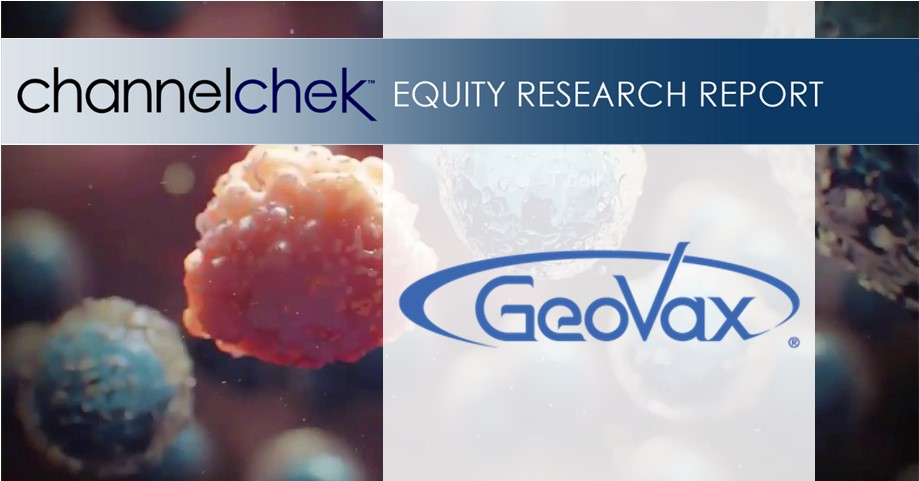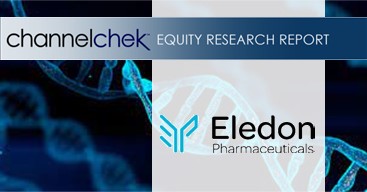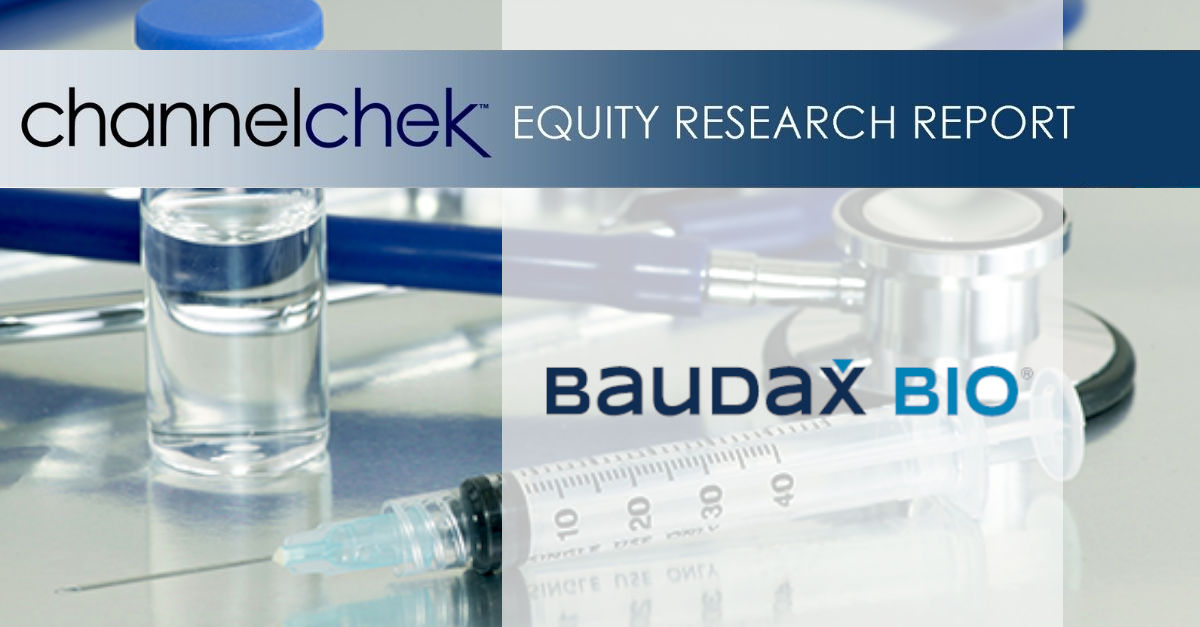With the recent rise in mergers and acquisitions in the biotech sector, some analysts believe that now is an opportune time for investors to start positioning themselves in small and microcap biotech stocks. Though these smaller companies have been out of favor with investors in the post-pandemic environment, the current conditions suggest their fortunes may soon change.
The biotech sector saw a surge of interest during the pandemic, as companies raced to develop vaccines, treatments and diagnostics for COVID-19. Many smaller biotechs saw their values skyrocket on the hope that they would come up with a breakthrough. However, once the initial rush of COVID-related products came to market, investors began rotating out of pandemic darlings and into recovery plays. This led to a dramatic decline in the valuations of micro and small cap biotechs.
Despite this negative sentiment, mergers and acquisitions in biotech have been increasing over the past year. Pharma giants have been scooping up smaller firms to replenish their drug pipelines. While the big deals have gotten all the headlines, analysts say more deal-making is starting to occur further down the market cap scale. This suggests that the fundamentals of select smaller biotechs remain strong, though valuations do not yet reflect it.
Take Eledon Pharmaceuticals (ELDN) for example. This clinical stage biotech has a market cap of only $35 million, which is about half its cash on their 6/30/23 balance sheet . Though its lead drug candidate is in Phase 2 trials for several indications, the company’s stock price has languished. However, with ample cash to support ongoing trials and an approved IND for another preclinical asset, Eledon seems significantly undervalued based on peers.
In fact, many small biotechs appear mispriced today based on the potential of their underlying technology and pipelines. These companies are developing innovative new platforms and drug candidates across therapeutic areas like oncology, rare diseases, neurology, and ophthalmology. While risks are high during the R&D process, achieving clinical milestones and a path to successful commercialization could drive exponential growth.
Consider the market opportunity for breakthrough platforms like CRISPR gene editing or cell therapy. Many smaller firms are advancing novel applications of these cutting-edge technologies. If proven successful in clinical studies, even niche indications could generate billions in peak annual sales.
Additionally, smaller firms tend to be more targeted in their R&D approach. Rather than spreading efforts across numerous indications, microcaps often concentrate on 1-2 assets with large treatment populations. This focused strategy allows them to achieve key milestones more economically. Partnerships with larger biopharma companies can also help offset expenses in later stage development.
The current biotech environment shares some similarities with pandemic euphoria. Today’s misery and fear echoes the extreme euphoria felt by investors three years ago. Just as sentiment eventually turned negative on pandemic darlings, the same could occur for today’s recovery favorites. Already, tech giants like Meta, Nvidia and Tesla have fallen substantially from their highs, suggesting a potential peak.
While rotating out of pandemic favorites made sense as reopening plays gained momentum, the economic backdrop is cloudier now. High inflation, rising rates, geopolitical tensions and recession fears have driven significant equity declines and increased market volatility this year. This has led some investors to question whether stocks still offer favorable risk-reward profiles.
With bonds and equity markets declining in tandem, some investors have turned to cash equivalents like money market funds. While these instruments can provide principal protection, their yields could still lag inflation, given its uncertain outlook. Accounting for taxes owed on interest earned further reduces the chances of a real return. Therefore, holding too much cash during periods of high inflation could erode purchasing power over time.
Rather than accept guaranteed, but potential negative real returns in cash, investors may want to revisit beaten-down assets with asymmetric upside, like small cap biotech stocks. Some of these companies offer innovative technologies that could drive explosive growth if their development and commercialization efforts prove successful, and investor sentiment in this sector turns around.
To identify promising opportunities in the space, investors need to educate themselves on individual companies, study various ideas and leverage resources like Channelchek. While risks for small biotech stocks are always high, those able to discern winners from losers can potentially generate substantial outsized gains.
After years of hype around pandemic favorites, optimism needs to be rekindled for forgotten pockets of the market like micro and small cap biotech stocks. For investors with the appropriate time horizon and risk tolerance, now could be the ideal time to start building positions. If M&A activity continues apace, it likely will not be long before positive fundamentals translate into rising valuations.












